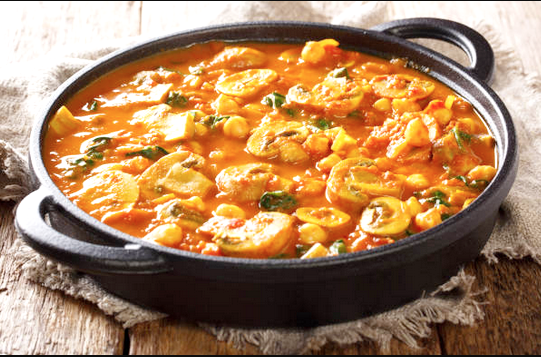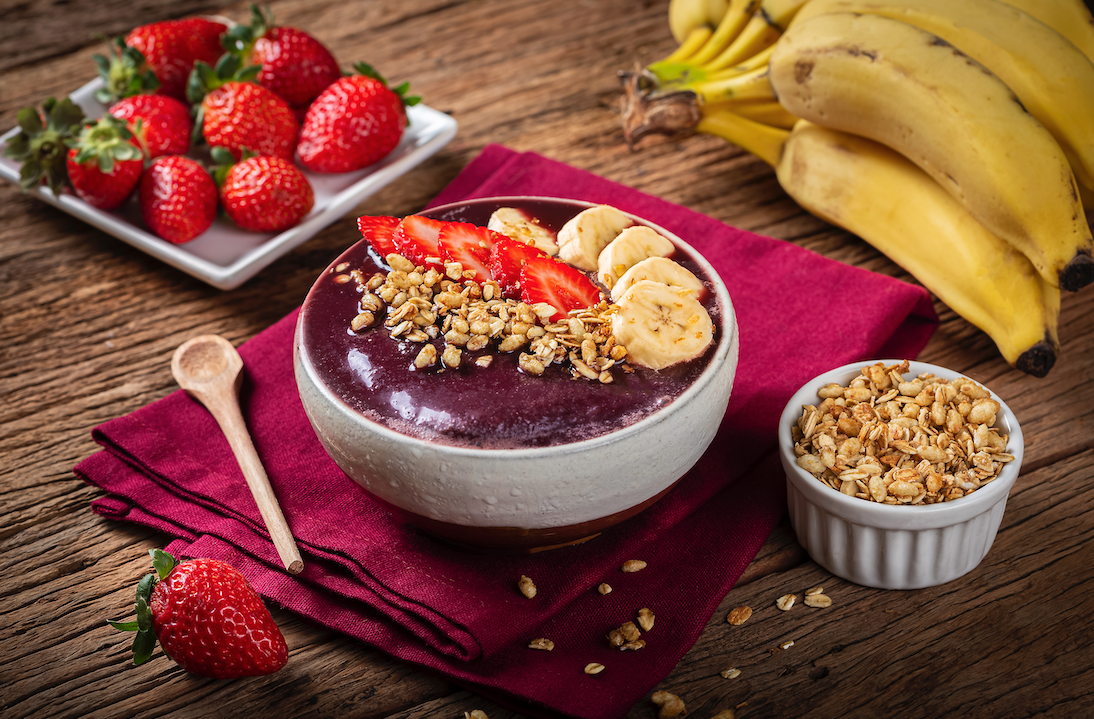
Cinnamon
Cinnamon is known by distinct smell and flavor, as well as it’s powerful medicinal properties. It’s dating back as far as Ancient Egypt. In the past, it was as expensive as gold, and it improves sexual health.
Usage
Cinnamon is called “love spice” and wins over other herbal aphrodisiacs. It’s known to warm up the bedroom, and has beneficial properties on both women’s and men’s sexual health.
High Antioxidant
With anti-viral, anti-bacterial and anti-fungal properties.
Gut Health
Cinnamon is good for gut health because of it’s prebiotic properties.
Sexual Health
Helpful in improving erectile function and impotence in men and libido in women.

How to add cinnamon to your diet?
Consumed food is quickly processed into energy, without "deposition" in adipose tissue.
Make a Tea
The chemicals in cinnamon are water soluble and make a great tea.
As a Supplement
Available in liquid extracts, capsules, and powders.
In Meal
Use cinnamon in baking, pudding or other desserts or add to apple cider.
Since ancient times, it has been used as folk medicine. Cinnamon dates back in Chinese writings to 2800 B.C.
Ancient Egyptians used cinnamon as part of their embalming rituals.
Cinnamon is native to Sri Lanka, the Malabar Coast of India, and Burma.
Ceylon cinnamon is a higher quality spice then cassia cinnamon ("fake" cinnamon).
Ancient Herbal Therapy
The spice preparations help fight bacterial and fungal infections of the mouth and respiratory tract. The antiseptic, bactericidal, and fungitoxic medicinal properties of cinnamon products are due to the presence of eugenol and cinnamaldehyde.
For centuries, cinnamon, which has significant antioxidant properties, has been considered an effective measure for normalizing carbohydrate metabolism. It is used for weight loss, normalization of metabolic processes, and burning of excess subcutaneous fat.
About
Cinnamon is a spice, practically the inner layer of the bark of several species from the genus Cinnamomum. Mainly, it is used as an aromatic spice in a wide range of cuisines. The famous aroma and taste of cinnamon come from the essential oil and the two main components, cinnamaldehyde and eugenol.
Cinnamomum verum is sometimes considered "real cinnamon", but most cinnamon in international trade comes from the related species Cinnamomum cassia. Indonesia and China produce approximately 70% of the world’s cinnamon supply.
Composition
The taste of cinnamon is due to the aromatic essential oil, which makes 0.5 to 1% of its composition. This essential oil can be prepared by rough peeling of the bark, maceration in sea water, and then rapid distillation of the whole mass.
It is golden yellow in color, with a characteristic cinnamon scent and a very hot aromatic taste. The pungent taste and smell come from cinnamaldehyde with about 90% of the essential oil from the bark and darkens with the reaction of aging with oxygen and forms resinous compounds.
Cinnamon ingredients include some 80 aromatic compounds, including eugenol. It has a significant antioxidant effect, helps digest food, contains nutrients and biologically active substances: plant fibers, wax, iron, calcium, manganese, minerals, and tannins. Only bark is used for medicinal purposes.
Science
Clinical trials have reported a reduction in fasting plasma glucose and inconsistent effects on hemoglobin. Four reviews reported a decrease in fasting plasma glucose, and only two reported lower HbA1c levels, and one reported no change at all. In one review, it was noted that the duration of the study was limited to 4 to 16 weeks and that none of the studies reported changes in quality of life, morbidity, or mortality rates. The authors concluded that there was not enough scientific evidence behind the hypothesis that it significantly affects diabetes mellitus.
The US National Center for Complementary and Integrative Health stated: "Studies done in humans do not support the use of cinnamon in any health condition." A meta-analysis of cinnamon supplementation studies with lipid measurements reported a reduction in total cholesterol and triglycerides, but there were no significant changes in LDL-cholesterol or HDL-cholesterol. Another report states that there was no change in body weight or insulin resistance among the cases.
Safety
Cinnamon contains coumarin in large quantities - 2.1-4.4 g / kg. The upper limit of the recommended daily intake of coumarin is approximately 5 mg. That is, 1.5 teaspoons of Chinese cinnamon a day can lead to an overdose of coumarin, which can cause vascular calcification, liver and kidney damage.
A systematic review of side effects as a result of cinnamon use reported gastrointestinal disorders and allergic reactions as the most commonly reported adverse reactions.
Fun Facts
Both common and Latin names derive from the Hebraic and Arabic term amomon - fragrant spice plant. Italians called it canella, meaning "little tube," which aptly describes cinnamon sticks.
Sources
Shen, Y., Jia, L. N., Honma, N., Hosono, T., Ariga, T., & Seki, T. (2012). Beneficial effects of cinnamon on the metabolic syndrome, inflammation, and pain, and mechanisms underlying these effects–a review. Journal of traditional and complementary medicine, 2(1), 27-32.
Kawatra, P., & Rajagopalan, R. (2015). Cinnamon: Mystic powers of a minute ingredient. Pharmacognosy research, 7(Suppl 1), S1.



